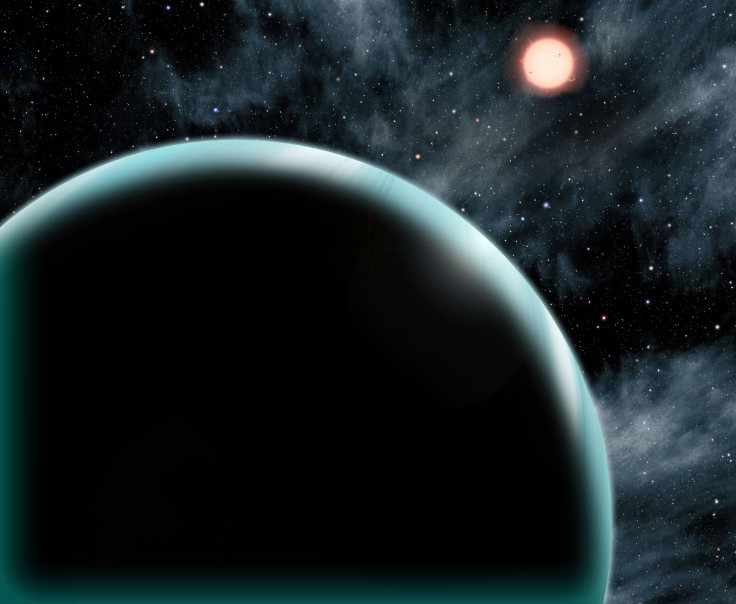Changing Seasons Could Help Find Alien Life On Distant Exoplanets

As the search for exoplanets in the habitable zone or at the right distance from their host star to support water as well as other conditions necessary for life continues, one question remains — how to confirm life actually exists on any of the identified worlds?
Astronomers have discovered a number of exoplanets in the potentially habitable zone, but as these worlds sit hundreds to thousands of light years away, visiting and searching for alien life in person might not be the most viable option for space agencies.
One possible solution revolves around looking for biosignatures or signs of life in the atmospheres of these worlds, such as the presence of oxygen or other gases necessary for life on Earth. Next-gen telescopes will look for these fingerprints while scanning the atmospheric composition of distant exoplanets, but that's just one piece of the puzzle.
Even if these so-called "fingerprints of life" are identified, it is just a single measurement and might be misleading. The conditions prevailing on the planet in question might be changing and therefore, it might not be suitable enough to host life.
To solve this mystery, researchers from the University of California, Riverside's Alternative Earths Astrobiology Center developed a new quantitative framework, which could give a better, dynamic overview of the biosignatures in planetary atmospheres.
The idea, as a release from the university described, revolves around using a planet’s changing seasons to predict biosignatures in its atmosphere.
As Earth orbits the Sun, its tilted axis results in changes in weather and length of the day in different parts of the world. Some regions receive more sunlight at different times of the year. These seasonal patterns affect the content of gases in the atmosphere. For instance, during summers, the Northern Hemisphere, which hosts most of the world’s vegetation, witnesses increased plant growth, leading to a significant decrease in atmospheric carbon dioxide and increase in oxygen.
The group believes distant exoplanets with extremely elliptical orbits might also witness similar seasonal patterns and their corresponding effects. "Atmospheric seasonality is a promising biosignature because it is biologically modulated on Earth and is likely to occur on other inhabited worlds," lead author Stephanie Olson said in a statement. "Inferring life based on seasonality wouldn't require a detailed understanding of alien biochemistry because it arises as a biological response to seasonal changes in the environment, rather than as a consequence of a specific biological activity that might be unique to the Earth."
In the study, the group identified the benefits and risks associated with the seasonal formation and the destruction of different gases — oxygen, carbon dioxide, and methane — in the atmospheres of exoplanets. They also prepared a scientific model to see how oxygen in the atmosphere of a life-bearing planet with less oxygen content might be fluctuating. This model, simulating the conditions similar to those prevailing on a young Earth, revealed that ozone — produced from oxygen given out by life — would make a better marker to understand the changes in oxygen with different seasons.
"It's really important that we accurately model these kinds of scenarios now, so the space and ground-based telescopes of the future can be designed to identify the most promising biosignatures," Edward Schwieterman, a NASA Postdoctoral Program fellow at the university, said in the statement.
However, as gases like methane and oxygen might exist even without life, Schwieterman added the best way would be to observe planetary atmospheres throughout their orbits to see changes in identified biosignatures over the course of a year. "In some circumstances, such changes would be difficult to explain without life and may even allow us to make progress towards characterizing, rather than simply recognizing, life on an exoplanet."
The study, titled "Atmospheric Seasonality As An Exoplanet Biosignature," was published May 9 in the Astrophysical Journal Letters.
© Copyright IBTimes 2024. All rights reserved.




















